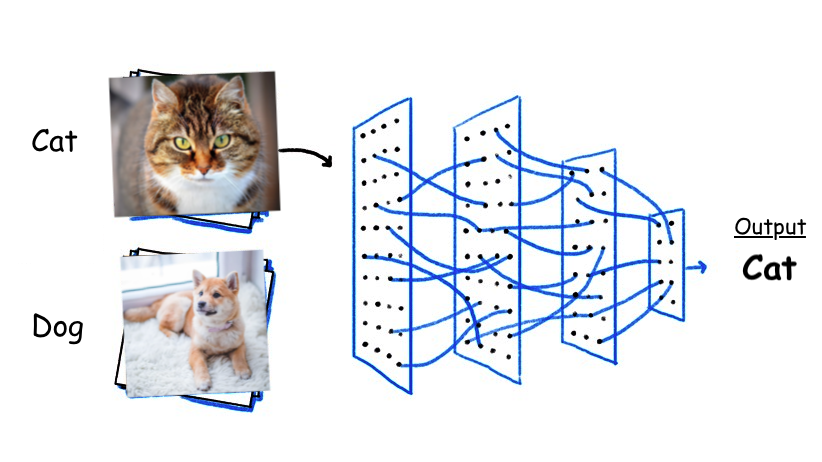
Image classification technology has come a long way since its early days when it relied on pixel-based analyses to make predictions. Over the years, advancements in machine learning and artificial intelligence have revolutionized the field, making it possible to categorize and identify images with unprecedented accuracy and efficiency. This evolution from pixels to predictions has opened up new possibilities for a wide range of industries, from healthcare to finance to entertainment.
One of the key developments in image classification technology has been the adoption of deep learning algorithms, particularly convolutional neural networks (CNNs). CNNs are designed to mimic the way the human brain processes visual information, with multiple layers of neurons working together to extract features from images. This allows the algorithms to learn patterns and structures within the data, enabling them to make accurate predictions about the content of an image. As a result, CNNs have become the cornerstone of modern image classification systems, powering applications such as facial recognition, object detection, and medical imaging.
Another important factor driving the evolution of image classification technology is the availability of large datasets for training machine learning models. In order to build accurate and reliable classifiers, algorithms need to be trained on vast amounts of labeled data. Thanks to the proliferation of image databases like ImageNet, researchers and developers now have access to millions of images across thousands of categories, providing a rich source of information for training and testing their models. This abundance of data has played a crucial role in improving the performance of image classification systems and pushing the boundaries of what is possible.
Furthermore, the development of transfer learning techniques has made it easier to adapt pre-trained models to new classification tasks, reducing the need for large amounts of labeled data. Transfer learning allows developers to take a model that has been trained on one dataset and fine-tune it on another dataset with similar characteristics. This approach can significantly speed up the training process and improve the accuracy of the classifier, making it more accessible to a wider range of applications and industries.
One of the most significant applications of image classification technology is in the field of healthcare, where it is used to assist doctors in diagnosing diseases and conditions. For example, CNNs have been trained to analyze medical images such as X-rays and MRIs to detect abnormalities and assist in the early detection of illnesses like cancer and Alzheimer's disease. These systems can help healthcare professionals make faster and more accurate diagnoses, leading to better patient outcomes and potentially saving lives.
Image classification technology has also found its way into the world of e-commerce, where it is used to enhance the shopping experience for consumers. By analyzing product images, algorithms can automatically tag and categorize items, making it easier for customers to find what they are looking for. Additionally, image recognition technology can be used to identify similar products or recommend complementary items, helping retailers increase sales and improve customer satisfaction. This personalized approach to online shopping is becoming increasingly popular among consumers and is driving the demand for more advanced image classification systems.
Looking ahead, the evolution of image classification technology shows no signs of slowing down. Researchers are constantly exploring new algorithms and architectures to improve the performance and efficiency of classifiers, while also addressing issues such as bias and fairness in machine learning models. As more industries recognize the value of image classification technology, we can expect to see further integration of these systems into everyday applications, from security and surveillance to autonomous vehicles and smart devices.
In conclusion, the evolution of image classification technology from pixels to predictions has transformed the way we interact with and understand visual data. By leveraging deep learning algorithms, large datasets, and transfer learning techniques, developers are able to build powerful classifiers that can make accurate predictions about the content of images across a wide range of domains. As this technology continues to advance, we can look forward to a future where intelligent image recognition systems play a central role in shaping our digital world.
